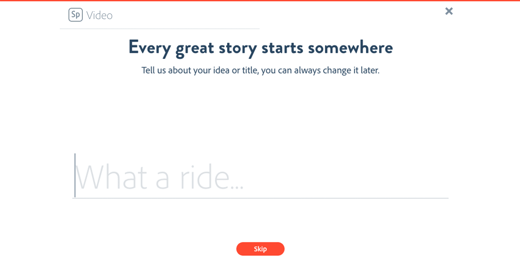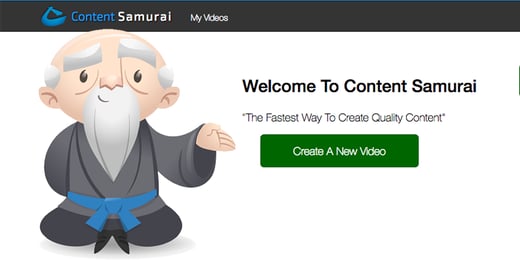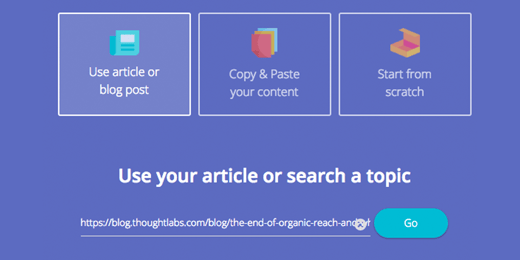In my last blog post I talked about why you should be targeting your posts on Facebook. In today's post, we're going more in depth to learn how to get started with targeting experiments that will help you learn more about the segments within your community. This will help you learn when to post to reach community members in certain countries, what content resonates best with those segments, and much more!
You can leverage this valuable data to immediately improve the results of campaigns, advertisements, and general conversational posts that engage your community, and often times the results of one experiment will lead to useful insights to help you plan your next experiment. This approach leads to an ever-evolving set of tactics that incrementally build off of what you've already done, while helping you better reach the goals that you set in your social media strategy!
Step 1: Establish Your Data Set
Arguably the best type of interaction for your business goals is a link click. Shares are up there at the top, but what value are you really getting if your post is shared 100 times, but your link is only ever clicked 30 times? Comments are valuable for the community, but they're only valuable for the business if those comments are discussing or asking for additional clarification on the content you're posting.
If it's spam, someone saying they love the brand (but without context related to the content), or if it's just someone with a problem that needs help, those are all valuable and important in their own ways, but they're not integral to helping you leverage your community to meet business goals. Likes on a post are a great barometer of how much your community as a whole enjoyed a certain post, but without additional context in the comments, they don't provide much value beyond that.
With that methodology in mind, the best way to measure your targeting success is by understanding who is clicking on your links, identifying patterns to understand which content resonates with who, and then understanding why. If you can accomplish this, then you are learning more about your community and how to target them.
So, step one is pretty simple. You just need to gather the data for who clicks your links from either Facebook Insights (Export Post Level Insights > Find the Lifetime Post Consumers by Type tab in your spreadsheet > Here you'll find a breakdown of link clicks and from what country those clicks come from), or from a third party tool. Unfortunately at the moment Facebook Insights doesn't provide a wealth of this data. This may improve in the future, but for now I would recommend using a link-shortening service like bit.ly when posting links to track how many clicks you're getting and where they're all coming from. Bit.ly does provide a wealth of valuable data in its breakdown of click by country on any given link.
Key takeaway: Link clicks are one of the most valuable types of interactions you can have with your community in consideration of driving business objectives. To learn more about some of the segments in your community that you can target, you should gather existing click data, either from Facebook Insights or a third-party link shortening service, so you have a data set that you can use to develop your initial targeting experiments.
Step 2: Organize and Analyze Your Data
Once you have this data, simply create a spreadsheet to track how many clicks each post gets from each of the countries you're most interested in targeting. Gather the data from the link on each post, and soon you'll have a database of organized data that you can analyze for insights. It's not very complicated, simply look for spikes in clicks (or significant drops in clicks), then try to figure out what caused them. Does clicks from country "X" seem to spike when you post at a certain time, or when you post about certain topics?
Obviously the more data you can collect, the more easy it will be to spot and confirm patterns, and the more useful your insights will be. This isn't something that you have to do all at once though, but rather it's a long term set of data that you will grow over time, learning more about your community along the way.
Key takeaway: Once you've gathered the data, organize it in a spreadsheet, maybe generate some graphs, and analyze the data, looking for any spikes or drops in clicks from your key countries. Look at every significant change in order to figure out why it happened. The larger your data set, the more easily you'll spot and confirm patterns that will yield valuable insights that you can test in future targeting experiments.
Step 3: Develop Experiments to Confirm (or Disprove) Your Findings
Now that you have identified the initial patterns in click spikes and drops among the countries you want to target, and you have developed a hypothesis as to why this is happening, it's time to test your theory! Like everything else in this process, this is pretty straightforward. If you notice that a certain type of content resonates with one audience, try targeting a post with similar content just for them. Next time add in (relevant!) local references/current events or just a shout out to that segment and see if that makes it perform even better. Try targeting it as a promoted post at that country to see how much more effective your clicks are compared to your current ads.
Is there a type of content that seems to be turning off a certain country that otherwise is very active in your posts? That's easy to fix, just drop them from the targeting when you post that sort of content so that the majority of the post's reach falls outside of that country.
With most of your insights, it will be pretty obvious what you need to do to test your theory, and based on the results you'll almost always gain new insights that lead to a follow up experiment that will shed light on new questions from your latest tests.
Key takeaway: Once you've identified the patterns, form a hypothesis as to why those patterns are happening, and then develop an experiment to test that hypothesis. You will also likely run across issues in the way some of your content is reaching certain audiences, or how they interact with it. These may be issues you weren't even previously aware of that you can now address. Insights from each targeting experiment will usually yield new questions to explore in future experiments.
This means you'll always be hammering down a more exact understanding of what each of the key segments in your community wants. Use this knowledge to improve your current results and develop new experiments.
While all of this is pretty simple and straightforward, it does take a bit of extra work to get setup and started, however the data you gain will be invaluable to you in developing your first targeting experiments. Without it, you're stuck working off someone else's assumptions about an entire country's interests. There's no way a simple marketing profile is getting that right; it's certainly not as accurate as you can be with data that you gather from how your community is already interacting with you.
In my next post we'll take a deeper dive into how to structure and run your targeting experiments, what considerations you should take before starting an experiment, and more!
Oct 29, 2013


